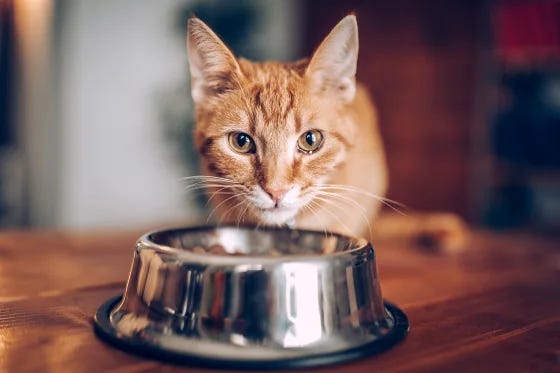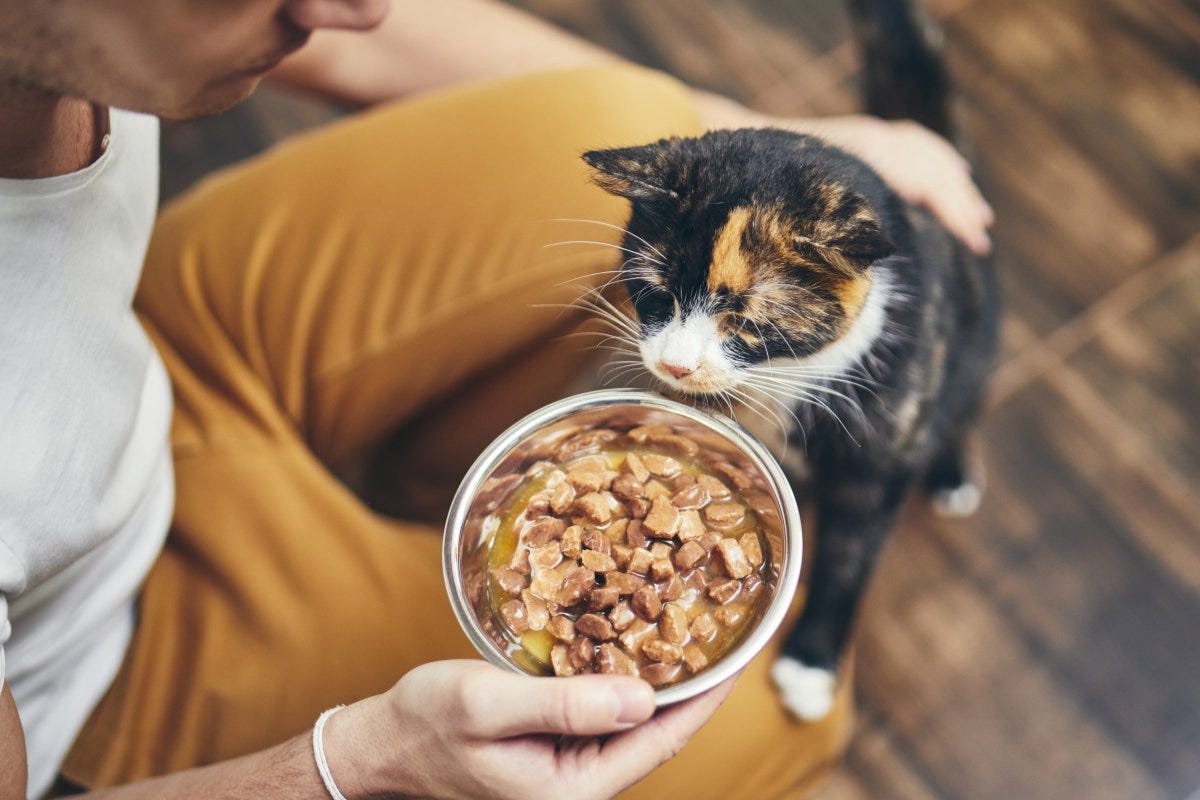Cats are beloved companions known for their playful personalities and unique dietary needs. Providing your cat with the right nutrition is essential for their overall health, energy, and longevity. But with so many cat foods on the market, choosing the best option can feel overwhelming.
This guide will help you understand what makes cat food healthy, the types of food available, and recommendations for feeding your feline friend the best diet possible.
Understanding a Cat’s Nutritional Needs
Cats are obligate carnivores, meaning they require a diet primarily composed of animal-based proteins to thrive. Key nutritional elements for cats include:
High-quality protein: Supports muscle maintenance and growth.
Taurine: An essential amino acid critical for heart and eye health.
Fatty acids: Omega-3 and omega-6 support skin, coat, and brain function.
Vitamins and minerals: Such as Vitamin A, Vitamin D, calcium, and phosphorus.
Water: Adequate hydration is vital, especially if feeding dry food.
Types of Cat Food
1. Wet Food
Wet cat food typically contains 70-80% moisture, which helps keep cats hydrated. It often comes in cans or pouches and tends to be highly palatable. Wet food is ideal for cats prone to urinary tract issues or those who don’t drink enough water.
2. Dry Food
Dry kibble is convenient, has a long shelf life, and can help reduce plaque buildup on teeth. However, it contains less moisture, so ensuring your cat drinks enough water is important if feeding primarily dry food.
3. Raw or Homemade Diets
Some cat owners prefer raw or homemade diets to have full control over ingredients. While these diets can be nutritious, they require careful preparation to avoid imbalances or contamination. Consult a veterinarian before switching to these options.
What to Look for in Quality Cat Food
Named protein source: Look for specific meats like chicken, turkey, or fish as the first ingredient.
No fillers: Avoid foods heavy in corn, wheat, soy, or by-products.
Balanced nutrition: The food should meet AAFCO (Association of American Feed Control Officials) standards.
No artificial additives: Avoid foods with unnecessary dyes, flavors, or preservatives.
Recommended Brands and Formulas
While the best food depends on your cat’s age, health, and preferences, here are some widely recommended brands known for quality ingredients and balanced nutrition:
Hill’s Science Diet: Offers specialized formulas for weight management, urinary health, and more.
Royal Canin: Known for breed-specific and veterinary diet options.
Blue Buffalo: Uses real meat and natural ingredients with no by-products.
Wellness: Focuses on grain-free and high-protein recipes.
Purina Pro Plan: Offers veterinary formulas and high-protein options.
Special Considerations
Kittens: Require food formulated with extra protein, fat, and nutrients for growth.
Senior cats: May benefit from diets supporting joint health and kidney function.
Health issues: Cats with allergies, kidney disease, or diabetes need tailored diets prescribed by vets.
Feeding Tips for a Healthy Cat
Feed consistent portions based on your cat’s weight and activity level.
Provide fresh water at all times, especially if feeding dry food.
Avoid feeding dog food or human food that can be toxic to cats (like onions, garlic, chocolate).
Gradually transition to new foods over 7-10 days to prevent digestive upset.
Final Thoughts
Choosing the best food for your cat means prioritizing high-quality protein, balanced nutrients, and appropriate moisture content. Whether you opt for wet food, dry kibble, or a specialized diet, consult your veterinarian to ensure your feline friend’s unique needs are met. A well-fed cat is a happy, healthy companion for years to come.





